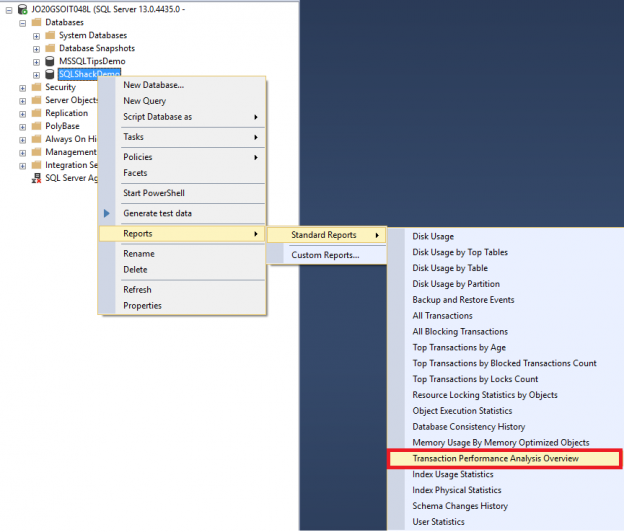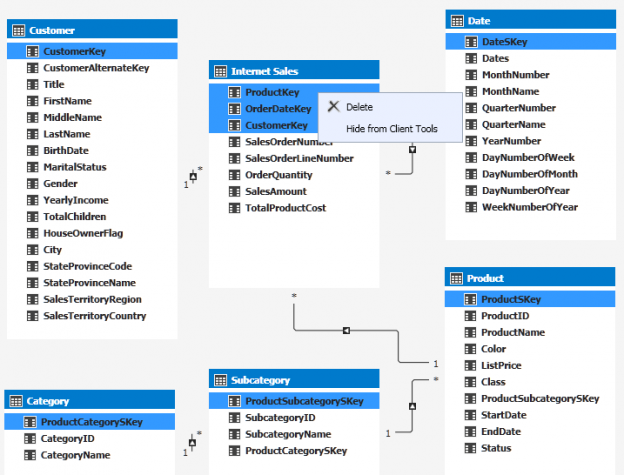Introduction
The new SSMS 17.2 allows users to authenticate using Active Directory with Multi-Factor Authentication (MFA). This is a secure method for authentication where you have more than one method to validate your authentication. That way, you have a more secure authentication and prevent your Azure Portal or applications to be easily attacked by hackers or other malicious users.
Read more »























